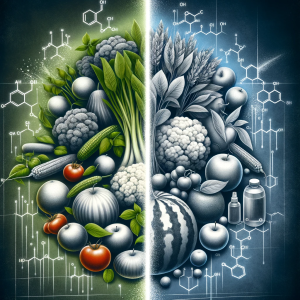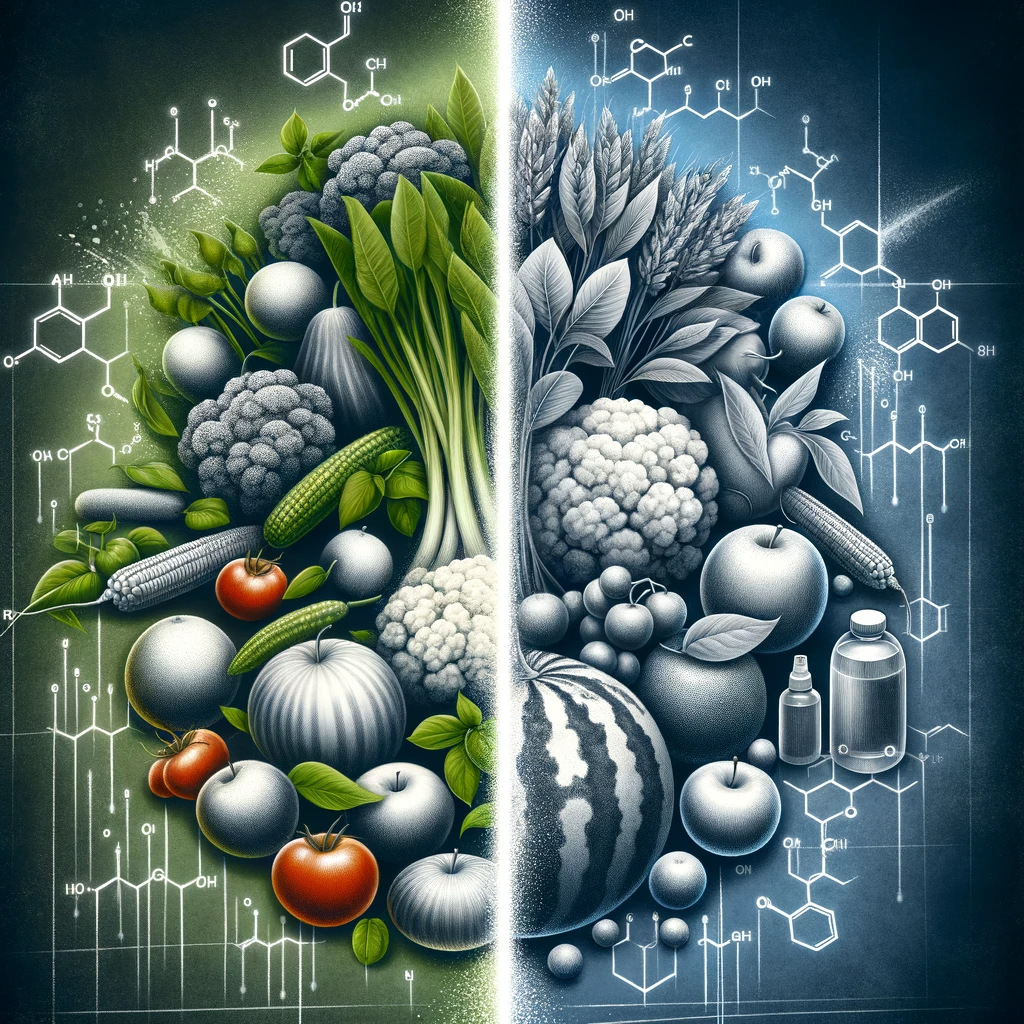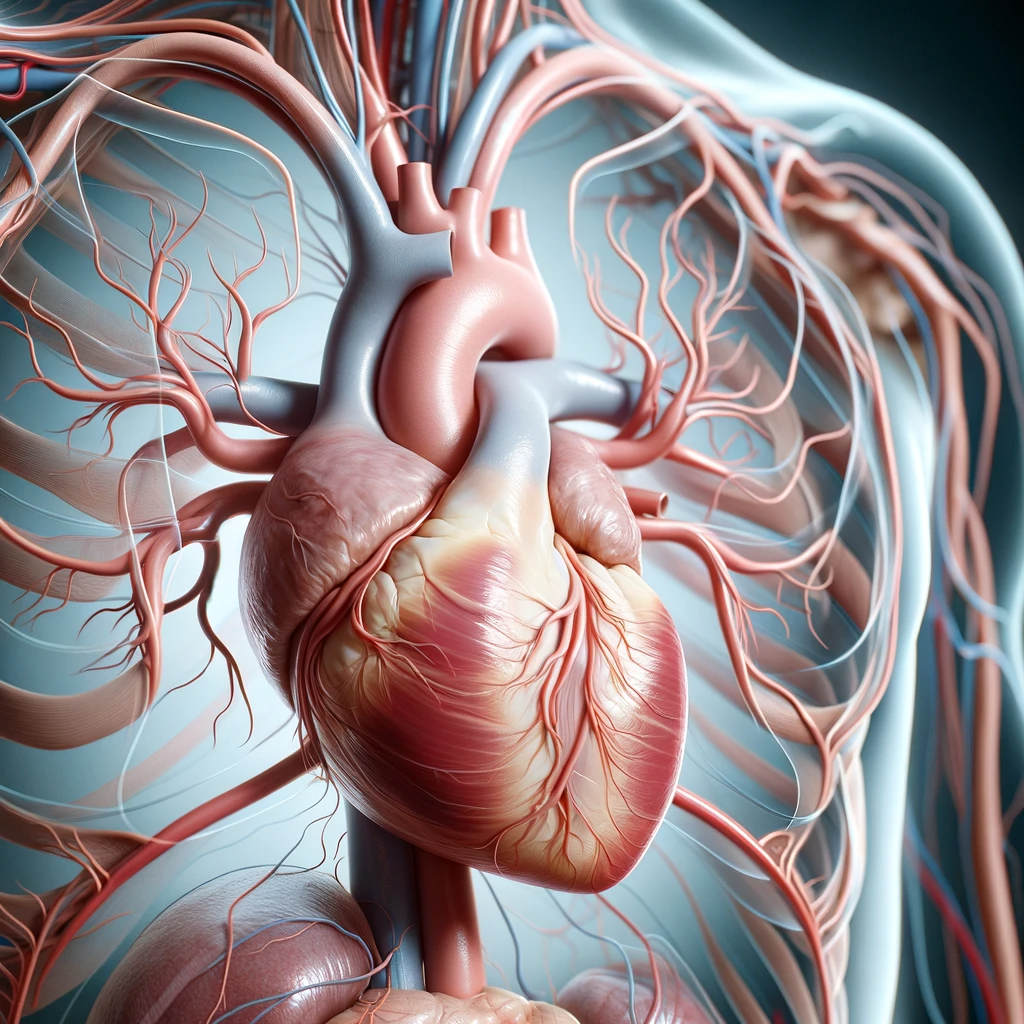
Abstract: This article delves into the multifaceted health consequences of pesticide exposure through food consumption, examining the biochemical pathways, clinical manifestations, and potential therapeutic interventions. The focus is on elucidating the complex interactions between pesticide residues in food and human health.
1. Introduction: The widespread use of pesticides in agriculture has raised significant concerns about their residual presence in food and the potential health consequences. These substances, designed to protect crops from pests and diseases, can pose various risks to human health when ingested.
2. Biochemical Pathways of Toxicity: Pesticides exert their toxic effects through several mechanisms. Organophosphates, for example, inhibit acetylcholinesterase, leading to excessive cholinergic stimulation. Other classes, such as carbamates and pyrethroids, disrupt neural signaling, while some pesticides can act as endocrine disruptors.
2.1 Absorption and Metabolism: Upon ingestion, pesticides are absorbed through the gastrointestinal tract and metabolized in the liver. The extent of absorption and the metabolic pathways involved vary depending on the chemical nature of the pesticide, influencing its toxicity and the body’s ability to eliminate it.
3. Clinical Manifestations: The health effects of pesticide exposure range from acute to chronic. Acute effects include nausea, vomiting, and neurological symptoms such as tremors and seizures. Chronic exposure has been linked to more severe outcomes, including increased risks of cancer, reproductive and developmental disorders, and endocrine disruption.
3.1 Epidemiological Associations: Epidemiological studies have established associations between pesticide exposure and various health outcomes. Notably, there is a growing evidence linking chronic pesticide exposure to increased risks of certain types of cancer, neurodegenerative diseases like Parkinson’s, and reproductive issues.
4. Risk Assessment and Regulation: Regulatory agencies conduct risk assessments to establish safe levels of pesticide residues in food. These assessments are crucial in setting limits and monitoring compliance to minimize health risks to the population.
4.1 Dietary Interventions: From a clinical perspective, dietary interventions play a key role in minimizing exposure. This includes promoting organic foods and educating patients about proper food washing and handling techniques to reduce pesticide residues.
5. Therapeutic Approaches: In cases of acute poisoning, immediate medical intervention is necessary. Treatment often involves supportive care and, in some cases, specific antidotes. For long-term effects, the focus is on managing symptoms and preventing further exposure.
6. Conclusion: Understanding the health implications of pesticide residues in food is vital for clinicians, public health officials, and consumers. Ongoing research, along with stringent regulatory practices and public awareness, are key to mitigating the health risks associated with pesticide exposure.





